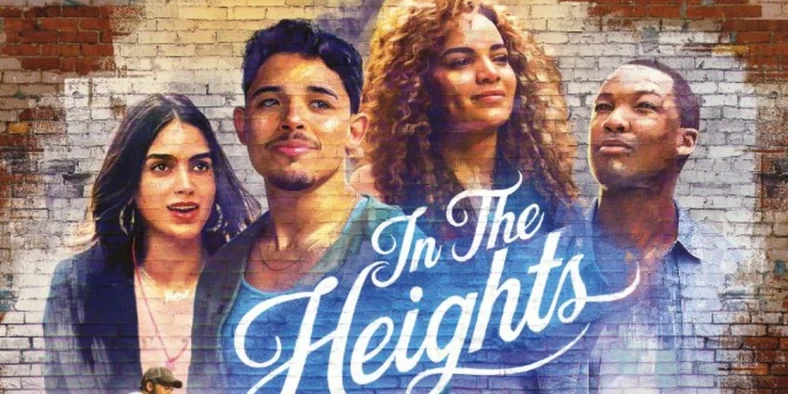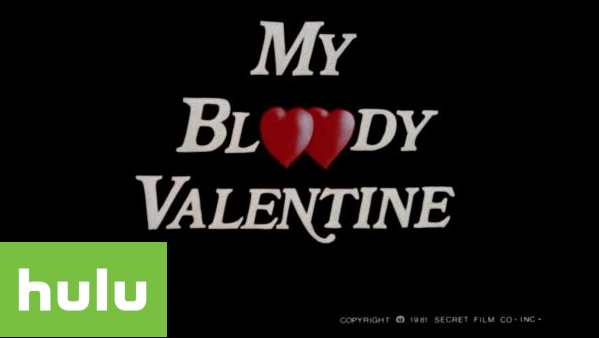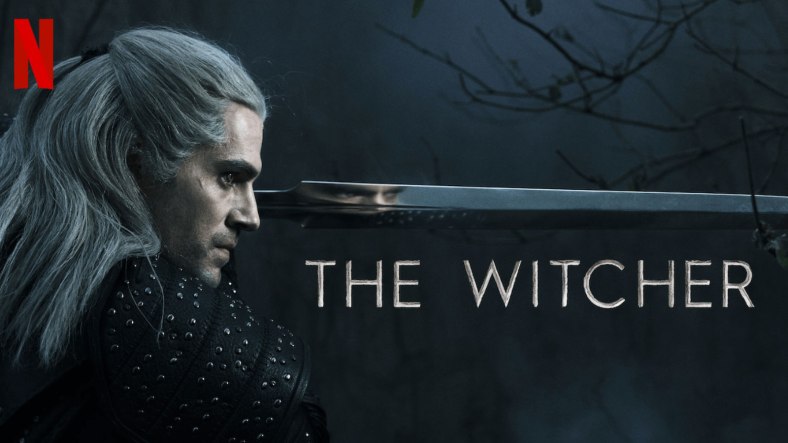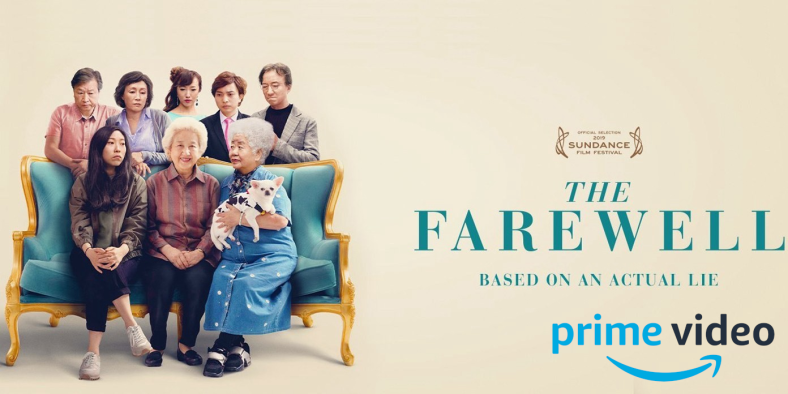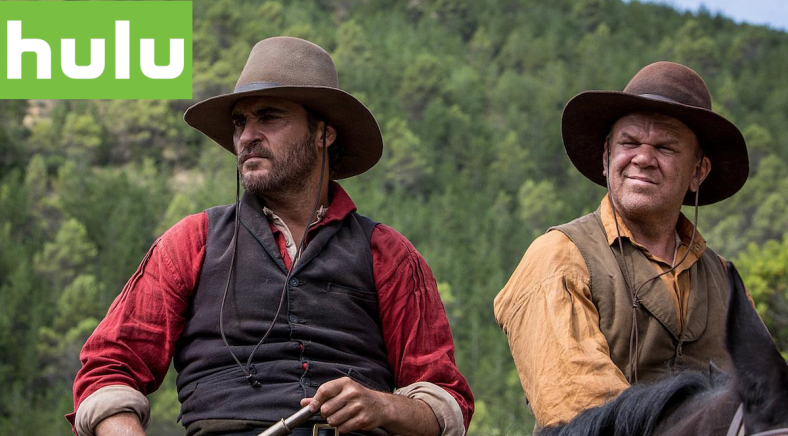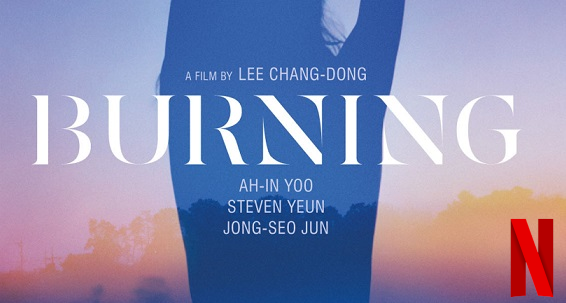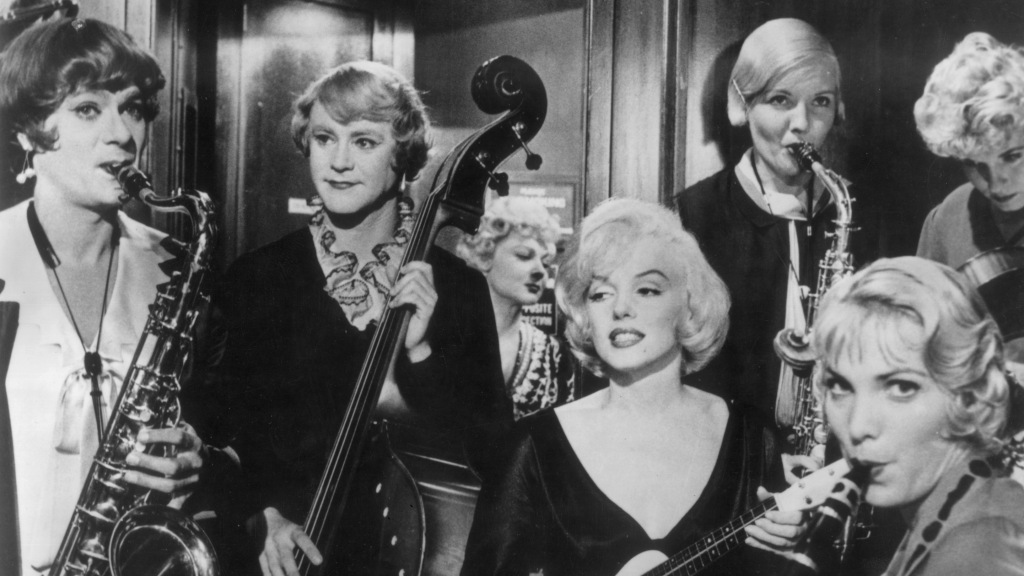By Casey Campbell
It’s October, meaning I really need to utilize my Shudder account for more than just Joe Bob’s Last Drive In, and the Creepshow series. However, like with most of the fledgling streaming services formed in the past several years, original (or exclusive) content can be extremely hit or miss. Remember, Shudder released Glenn Danzig’s Verotika. That should be very telling.
But I can’t claim that all of Shudder’s original productions are crap, just a decent amount that I’ve personally seen. Take, for instance, the bland and uninspired The Shed about an amoral kid that utilizes a vampire in a shed to kill people he doesn’t like; or The Furies, which was alright if you’re new to the genre and enjoy blunt social commentary; or The Dark and the Wicked, which follows the recent trend of depression horror that’s so dead on arrival it begins to fester by the second act.
A through line can be found between these films. They’re all low budget (not inherently a bad thing), and they rarely introduce original ideas. My issue is in the way these films manage to look pretty good yet retain the depth of a blow up pool. Sometimes a shallow experience can be entertaining, but I feel like I’d accept anything more from these particular movies.
Now, before I get too far off track, I’d like to make a case for Shudder as a service. Despite the sometimes limp productions that inundate the home page, Shudder at least tries to create content for their niche audience. Horror is my favorite genre so it would be stupid of me to complain about a service that dotes to my interests. Their “live” function is a fun way to just toss something on, and the way shows like Joe Bob’s Last Drive In or even the recent Elvira marathon utilized the live function makes it feel like it’s a communal event with other horror fans. Shudder also boasts an impressive back catalogue of older international horror and more well known fare from America.
For every fault I have with some of their newer releases, Shudder still manages to provide a service that fills a need. And every so often, I find myself stumbling upon some diamonds in the rough.
Jakob’s Wife is a film I had intended to watch back when it premiered on Shudder. It seemed a perfect fit, in terms of tone, actors, and content. Vampire stuff can be a blast when not taken too seriously, and Barbara Crampton is one of my favorite horror actresses (her minor part in Puppet Master is the one reason I don’t feel like I wasted my time). It’s an entertaining and surprisingly fleshed out story about a relationship and how to attain autonomy.
Crampton plays Anne Fedder, an underappreciated and doting wife to a minister played by the always entertaining Larry Fessenden. If you can’t tell from the title alone, Jakob’s Wife is about being talked over, made unimportant, and simply just being “the wife” in a relationship.
While the film plays with humor and horror in equal measure, it’s important to note the peripheral themes of self respect and autonomy in a relationship. It’s made engaging via the central performances, both making great use of the horror, comedy, and drama that pervades the script. It’s a fun blend of coming-of-age and fish-out-of-water scenarios. It also showers the audience with gore at barely a moment’s notice. When it gets bloody, you’ll need an umbrella.
The end becomes a bit too reliant on meta vampire lore, but the vampires weren’t really the most important element of the movie. It’s how and why the main characters evolve throughout the story that takes precedent. And then there’s that final shot, which has a high probability of polarizing the audience; I personally dug it.
Jakob’s Wife wears the best elements of Shudder programming, with it’s attractive photography and familiar genre material. It’s the extra effort put towards the characters and story that catapult it from mediocre to good and ultimately entertaining.
Another wild film, utterly original in concept and fiendishly tempered in tone, Anything for Jackson, finds Shudder going dark. The plot is enough to scoff and grimace at in humored fear.
After losing their only grandson Jackson in an accident, Satan-worshiping grandparents abduct a pregnant woman with the intention to perform a “reverse-exorcism” and ultimately get their grandson back. With a plot that grim, how is it that it’s tonally pitch perfect and never unwieldy?
It was actually due to the bare plot synopsis that I avoided this one. Sure, it’s a bizarro idea, but it was an actual idea and it would certainly make me feel some type of way. Thankfully, it’s as nuts as I expected yet manages to find a semblance of class within its presentation. It’s a damn fine acted, shot, and scripted movie.
From the very first scene, you’re thrown in the deep end and need to decide if you’re staying on the journey. From there, the morals and motivations are expanded on and the real fun begins. Thankfully it isn’t remotely as straight forward as the basic premise may seem. The tension comes from somewhere other than the fear you have for the pregnant woman and her unborn child.
Whether due to my own preconceptions of the story or how I figured it would unravel, I was pleasantly surprised by a few ghoulish entities and their appearance. I was definitely not ready for ghosts, or whatever the hell those things were.
This movie’s a little more lax with the big ethical questions. Everything is fairly cut and dry, from the whole morality stand-point, and the real enjoyment comes from watching the characters deal with errant problems with their purportedly well laid plans. It also carries an undeniably eerie atmosphere.
These kinds of movies, much like Mandy or Revenge which also premiered for home streaming on Shudder, give me a lot of hope for the future of the service. They also help to eliminate the dreaded hyperbolic response to an entity like Shudder, when it should be viewed as a service of many parts as opposed to an all encompassing single thing.
But I digress.
Check out these movies if you’re looking for a fun and engaging double feature on Shudder.





